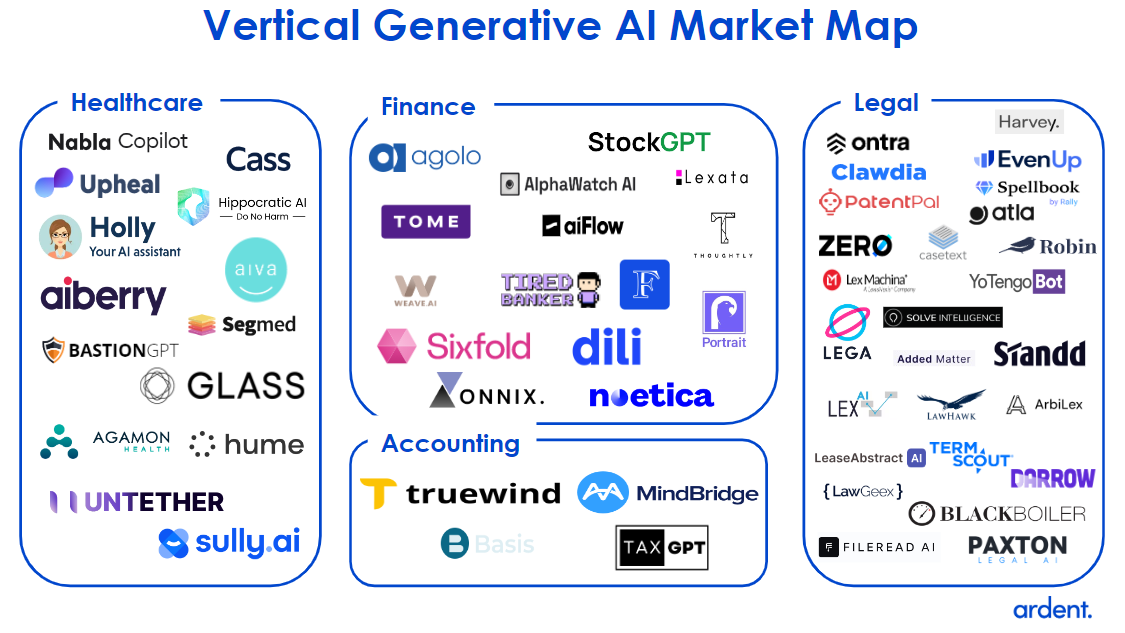Comments to the US Department of Justice Antitrust Division regarding Competition in AI
The Information Technology and Innovation Foundation (ITIF), a leading think tank for science and technology, is pleased to provide feedback to the Department of Justice’s (DOJ) Antitrust Division following the May 30, 2024 workshop on promoting competition in artificial intelligence (AI) [1]. This submission reflects insights from ITIF’s Center for Data Innovation and ITIF’s Schumpeter Project on Competition Policy.
Key Points
There are three key points that we would like to emphasize in this submission to support the Department's efforts in promoting competition in AI:
- The AI market is characterized by its dynamic and competitive nature.
- The AI market is characterized by its dynamic and competitive nature.
- Policymakers should consider a holistic definition of "openness" to evaluate the benefits and risks of AI models effectively.
Competition in the AI Market
The AI industry is marked by robust competition that drives innovation and growth, with both new entrants and established tech giants actively participating. Companies like OpenAI, Anthropic, Cohere, and Mistral AI are competing fiercely with industry leaders such as Google, Microsoft, Meta, Amazon, and Tencent.

Despite being in its early stages, the generative AI market shows no significant entry barriers. Concerns about data as a barrier are speculative, as firms have access to various data sources for training AI models. Companies like OpenAI, Anthropic, and Mistral AI have successfully developed leading generative AI models without relying on vast user data held by social media giants.
AI Hardware Market Landscape
Compute resources and chips required for training AI models do not pose significant entry barriers. Players like Nvidia, AMD, and Intel offer GPUs and other specialized chips for AI tasks. The market also sees competition in chip design and manufacturing, with firms like Google investing in Tensor Processing Units (TPUs) and the development of field programmable gate arrays (FPGAs) and application-specific integrated circuits (ASICs).
Vertical Integration and Competition
Some firms in the AI market are vertically integrated, offering various components along the AI value chain. While concerns exist about potential anticompetitive practices, vertical integration can lead to cost efficiencies, improved services, and innovation. It encourages strong competition and drives comprehensive enhancements throughout the AI ecosystem.
The AI industry is characterized by its dynamic and competitive nature.
Partnerships and Innovation
Partnerships between large digital firms and AI startups, like Amazon and Anthropic, have raised concerns about competition. However, such partnerships can foster innovation and benefit consumers. Regulators should evaluate these partnerships based on their procompetitive effects, ensuring they contribute to market dynamism and consumer welfare.
Conclusion
Policymakers should prioritize a detailed understanding of AI markets, innovation sources, and consumer welfare when evaluating competition issues. Emphasizing differentiation and quality of service over price competition can lead to a healthier competitive landscape in the AI industry. Additionally, open-source models play a crucial role in fostering innovation and competition, and policymakers should carefully balance regulations to avoid hindering these open models.




















